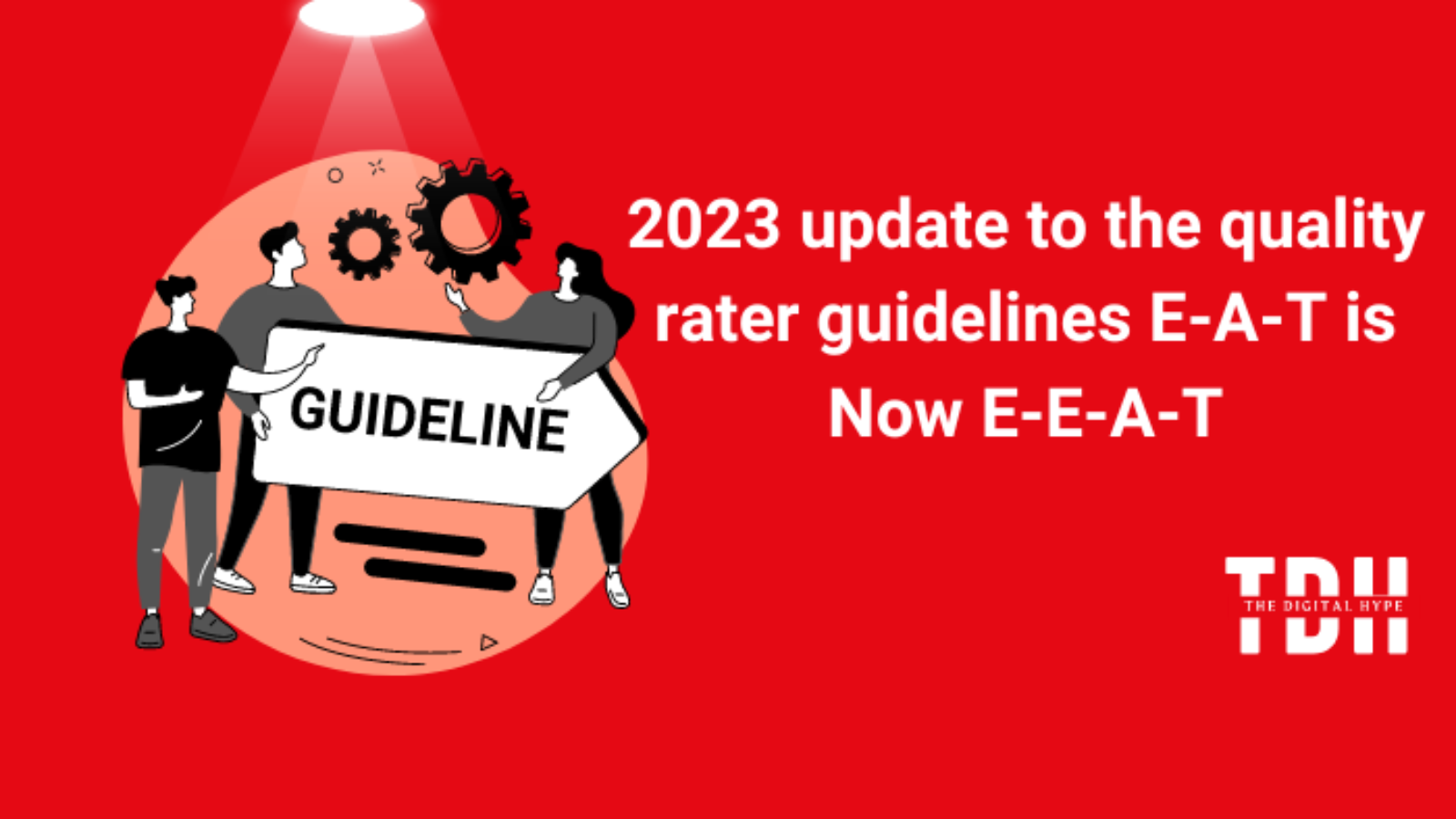What Are Backlinks?
One of the key elements in determining a website’s position on search engine results in pages is backlinks (SERPs). Backlinks are directing links from one website to another. They are also referred to as external or inbound links. Google and other search engines use backlinks as referrals. In short, when you link to another website, you vouch for it. Because of this, Google frequently ranks pages with lots of backlinks higher. particularly if the backlinks are from reliable, reputable sites.



